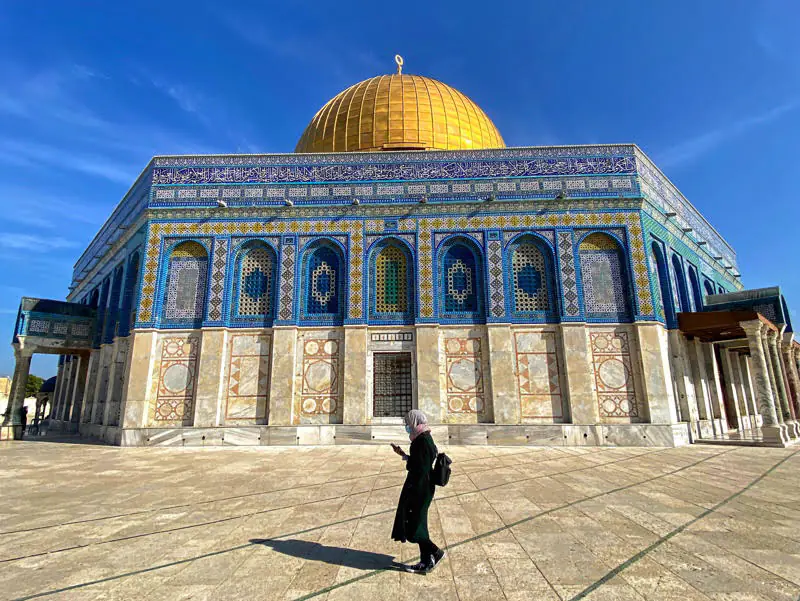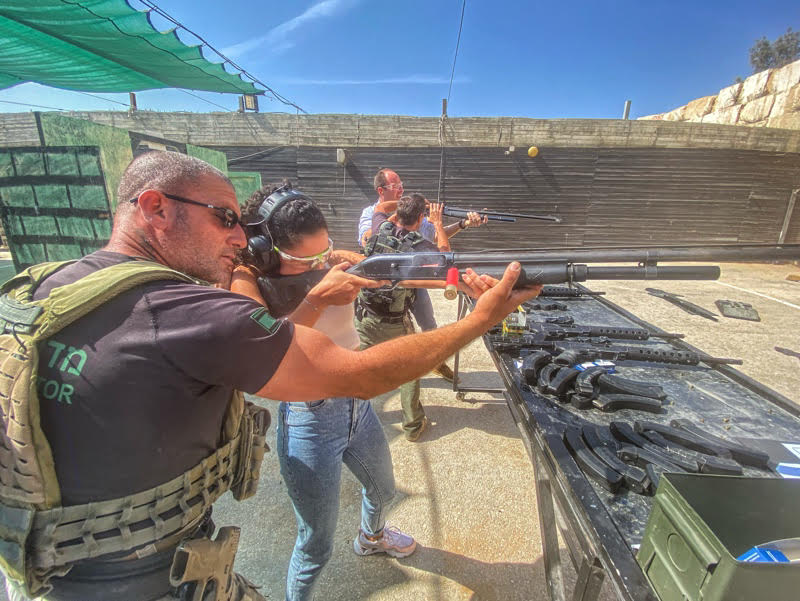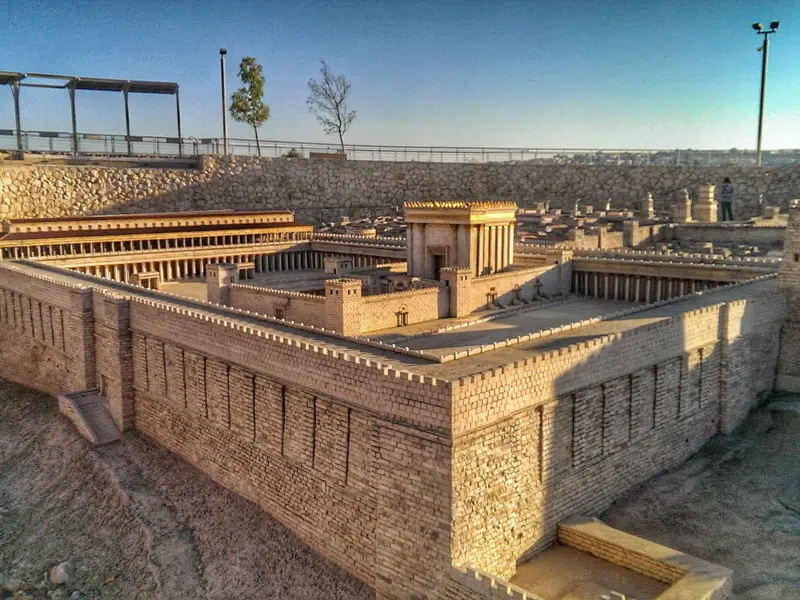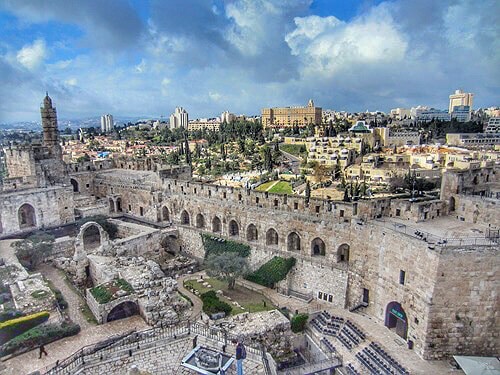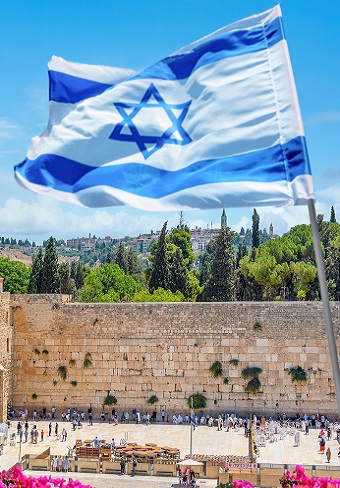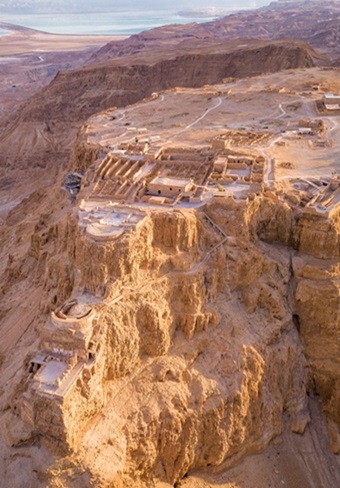Jerusalem’s Armenian Ceramics Workshops
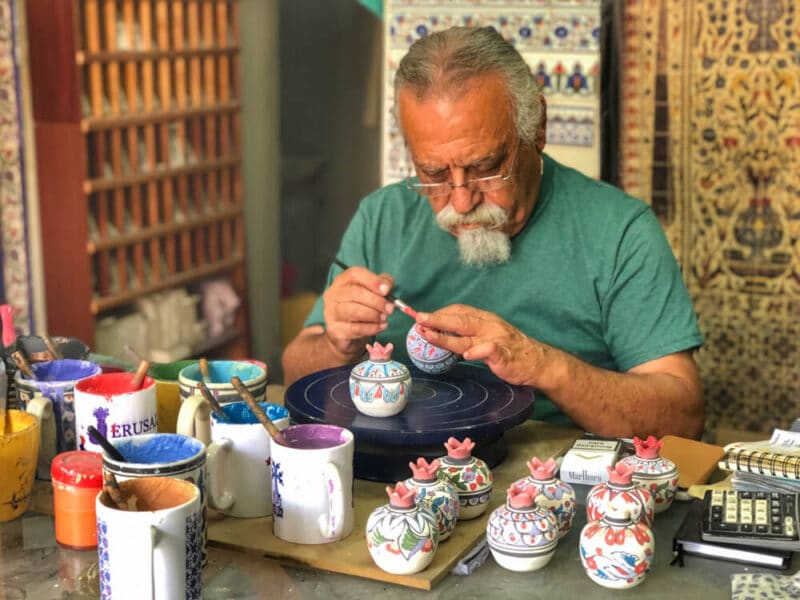
One of the most distinct souvenirs from Jerusalem is Armenian ceramics. Produced by several local artisans, they are charming and genuine artifacts, locally crafted, and reflect the diversity and colorfulness of the city.
History of the Armenian Ceramic Workshop
Although the Armenian community in Jerusalem goes back to the 5th century, Armenian ceramic workshops were only introduced in the 1920s. In 1919, the British authorities invited the Armenian pottery craftsman David Ohannessian to repair the 16th-century ceramic tiles decorating the Dome of the Rock. Ohennesian recruited a few fellow artisans to assist him, but the project was never completed. The official reason was the lack of funds, but the rumor was that the Muslims opposed having Christians repair their Muslim shrine. Under Jordanian rule, the building was eventually restored in 1962 with tiles from Turkey. Nevertheless, Ohannesian settled in Jerusalem and opened a workshop of Armenian ceramics along the Via Dolorosa. His distinct artwork became popular, especially his colored tiles. During the British Mandate Period, many buildings were decorated with his tiles – The Rockefeller Museum, The American Colony Hotel, Mount Zion Hotel, and more.
More Workshops Opened
In 1922, two of his fellow artisans, Balian and Karakakashian, opened their own Ceramic Workshop in Jerusalem, north of the Old City. Karakashian was the master painter, and Balian was the potter. Together, they developed the local “Jerusalamite” style in Armenian ceramics. The traditional designs of Iznik inspire it yet combine decorative elements from local ancient mosaic floors. Karakahian and Balian were also commissioned to decorate different building projects, such as the Armenian Saint James Cathedral, the Armenian Patriarch’s burial courtyard, Mount Zion, and more. However, in the 1960s, they split. Karakashain’s family moved to the old city and opened a workshop with a showroom. Today, they operate at a workshop next to the Greek-Orthodox Patriarchate. In 1965, The Karakashian family was commissioned to create tiles bearing the street names of the old city, which are used to mark the streets and alleys of Jerusalem’s old city.
Armenian Ceramics Workshops Today
Today, there are six active workshops on what can be labeled as Armenian-inspired Jerusalem ceramics. Opposite Saint James Cathedral operates Garo Sandrouni. He is a Jerusalem-born Armenian who opened his workshop in 1983. His two brothers also use their own ceramics workshops. One right next to him and the other next to the New Gate. Another member of the local Armenian community, Hagop Antreassian, runs his ceramic workshop next to Zion Gate. Along the Christian road is another ceramics workshop of this style, but Eli Kouz, a member of the Assyrian community of Jerusalem, runs it.
Touring the Armenian Ceramics Workshops
Most of the Armenian Ceramic workshops are in the Christian and Armenian Quarters. Unfortunately, their livelihood is now under threat. Many souvenir shops in the old city now sell low-quality, machine-made imitations of these ceramics. They are mass-produced in the West Bank or imported from China at a fifth of the cost of a genuine artifact.
Visiting Armenian Ceramics Workshops can be integrated into a day tour of Jerusalem.
